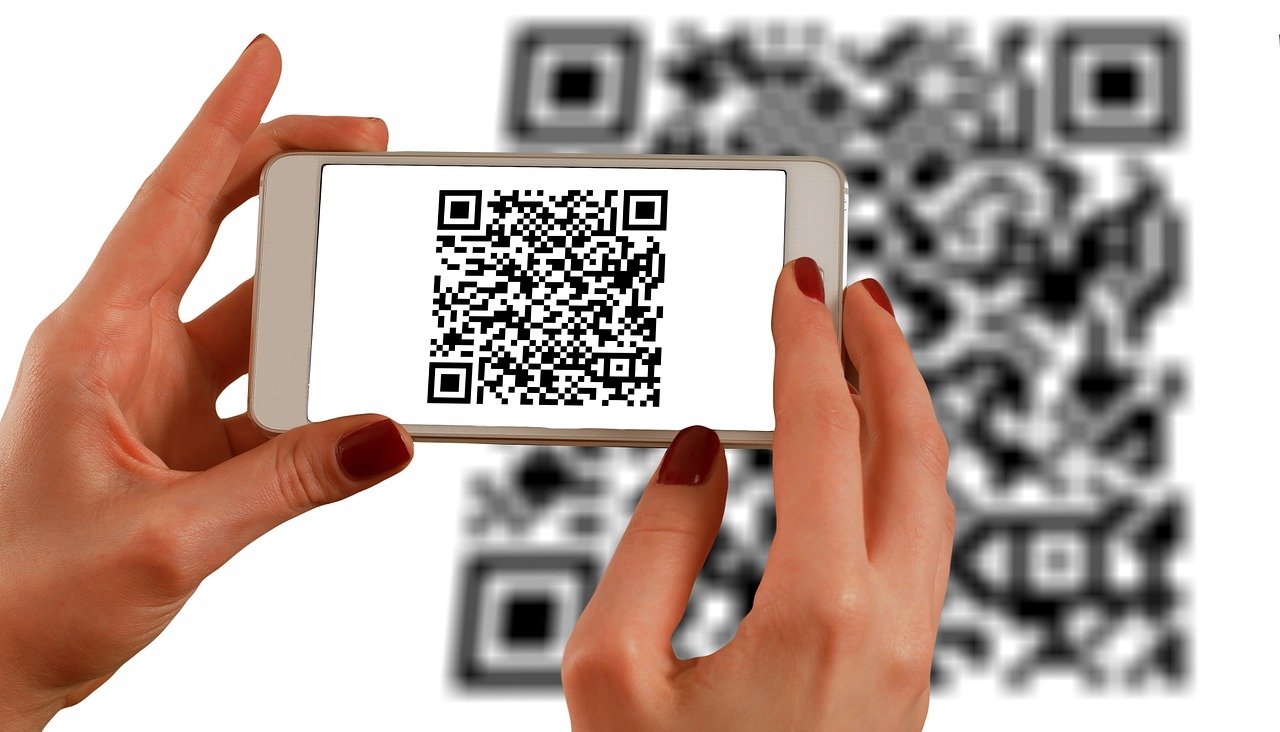QR code payments are quite clear-cut. A customer opens an app on their smartphone, and the merchant scans the QR code to get payment. It is very easy and fast. QR codes are barcodes that have an advantage, especially when it comes to payment. For beginners, users can scan these codes from a screen such as a smartphone screen rather than just paper. All you need to get paid is a device that can scan the QR code — such as a tablet or a dedicated bar code reader.
For customer QR code payment, you simply have to open the appropriate app to scan the code. On present-day mobile devices, this is the camera app. Customers can scan the code the retailer is displaying at checkout, verify the total price, and follow instructions to finalize the payment.
Another way to make QR code payments is for the retailer to scan a QR-code on the customer’s device. After adding up the amount in the POS system, the customer opens the app with their payment code. The retailer scans the code, and the customer finalizes the transaction on their gadget.
Tips for establishing payments using QR code
If a merchant uses PayPal, it is quite easy to set up QR-codes. You can generate a code efficiently and quickly from your website. The customer then scans the code and puts in the payment sum from the PayPal app on their smartphone. The PayPal QR code is fixed, which means that it does not change. It is excellent for a small or micro business that is just starting and deals in smaller orders.
Stripe has a QR code app. This app allows you to create static codes as well as dynamic codes. You enter the amount that the customer owes, and they scan the QR code with their smartphone to pay.
Benefits of QR code payments
Taking QR code payments is simple. Retailers simply need to set up an account with a payment processor such as PayPal or Stripe and then generate a code. They are making QR code payments can be quicker for customers than opening their wallets and eliminating a credit card. They also do not need to carry anything apart from their smartphone into the store. If anyone stops at a convenience store to buy a drink after a run, they need to complete QR code scanning at the register and go away with their drink.
QR code payments also provide additional security than credit cards, as numerous high-profile data breaches have demonstrated. All the transferred data is encrypted, so there is no necessity to store customer payment information on your systems.
In addition, Bar-codes can be more dependable than other payment methods. Most smartphone cameras can read the patterns in the black boxes easily, and the codes comprise unique data, making errors in payment less possible and the transaction much quicker.
QR codes offer a variety of options.
Various types of retailers can use Bar-code payments. Apart from the convenience store, micro-businesses and street vendors can use QR codes to formulate it much simpler for their clients to pay for their goods. In the end, it is quite simple for both consumers and retailers to begin with payments using Bar codes. They can assist sellers to gather payment much quicker and pay attention to selling products while providing customers greater convenience.
Payments using QR codes are an infallible payment method as it gets rid of the likelihood of any error. The pattern of black boxes includes distinctive data, which improves the reliability of the Bar code payments.
The Bottom Line
Different ways to accept QR code payments as a business, but options are restricted in some countries. In any case, you need to select a payment company that offers QR codes as a payment method. Online shops can take QR payments provided that the payment gateway or e-commerce solution supports it. Companies with the funding to create their app can put into practice QR codes in the app linked with customer data and customer loyalty points. The present world relies on socially distanced disbursements, and this has enhanced QR codes usage. It is now a safe and convenient payment system that customers are getting used to increase, particularly at cafés, restaurants, bars, and other sectors.


